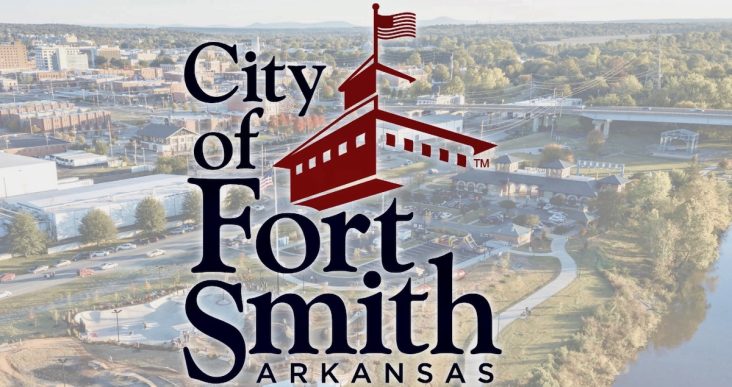Energy usage, efficiency plan adopted by Fort Smith Board of Directors
by June 14, 2023 2:13 pm 984 views

The Fort Smith Board of Directors on Tuesday (June 13) unanimously approved a resolution adopting the Fort Smith Energy Master Plan, including centralization of energy usage tracking and projects for efficiency and future sustainability.
“This is a really exciting time, a time when you as directors and the citizens of Fort Smith can really celebrate this significant advancement for Fort Smith’s journey towards sustainability,” said Rick Murphy, a Fort Smith citizen who addressed the board about the plan before the vote.
In 2021, the city collaborated with CLEAResult, sponsored by OG&E through its SAGE program, to conduct a city energy benchmark study on its main facilities. The Energy Benchmark Study provided an in-depth facility-by-facility view of energy use, highlighted our best-performing and worst-performing buildings based on energy use per square foot, and compared how our buildings are performing versus similar-sized municipalities in similar climate zones, said Joshua Robertson, deputy director of business administration, in a memo on the resolution.
The study shows the city has an annual electric bill of around $788,000, with potential annual savings ranging between $78,820 (10%) and $236,459 (30%).
Further investigation of the lower performing facilities in 2021 and 2022 allowed city personnel to begin putting together ideas and focus areas for projects and improvements, Robertson said.
“Now that we have the benchmark with areas identified for improvement and registers focusing on energy efficiency projects and operations & management improvements, the City has developed, with support from CLEAResult, an Energy Master Plan. The Energy Master Plan will mobilize City Departments and coordinate efforts toward reducing energy costs,” Robertson said in a memo. “All City projects that involve our facilities will be run through an energy efficiency opportunity register to seek incentives for upgrades planned and completed. This will also lay the foundation of commitment to gain energy efficiency and decrease carbon footprint.”
Robertson said the city is ready to begin centralizing its energy usage tracking and to begin projects. The mission, according to the master plan, is to improve city focus, reduce energy expenditures, boost the local economy (through upgrade projects)and enhance community relations.
“By adopting the energy management best practices outlined in the plan, we can mobilize and coordinate our efforts toward reducing energy costs,” the plan states as part of its strategies for improvement.
It also states that by adhering to the listed efficiency strategies, the city can minimize the lifecycle cost associated with its energy-consuming equipment.
“The Energy Master Plan is an adaptable, evolving document. It is a starting point for consensus and uniform action, which will ensure that all appropriate departments and parties are informed of and involved in our plans. Because it will adapt to changing needs and new information, it will never be “final” or concrete; however, approval of this strategy will allow us to plan effectively and efficiently in terms of funding, personnel availability, and other constraints,” the plan states.
SAGE will pay the city cash incentives for incorporating energy efficiency into equipment replacement/installation at city facilities through the end of the program year in 2025 (also the date by which all projects must be post inspected), the plan states. Robertson said the city’s project that replaced all the lighting in the city parking garage to LED lighting was 90% funded by energy programs and future projects could receive similar funding.
A new benchmark study will be performed in 2026 to show improvements and promote new energy efficiency opportunities. City directors commented before the resolution was passed that they wanted to continue studying the idea of solar energy and a solar farm for the city.
